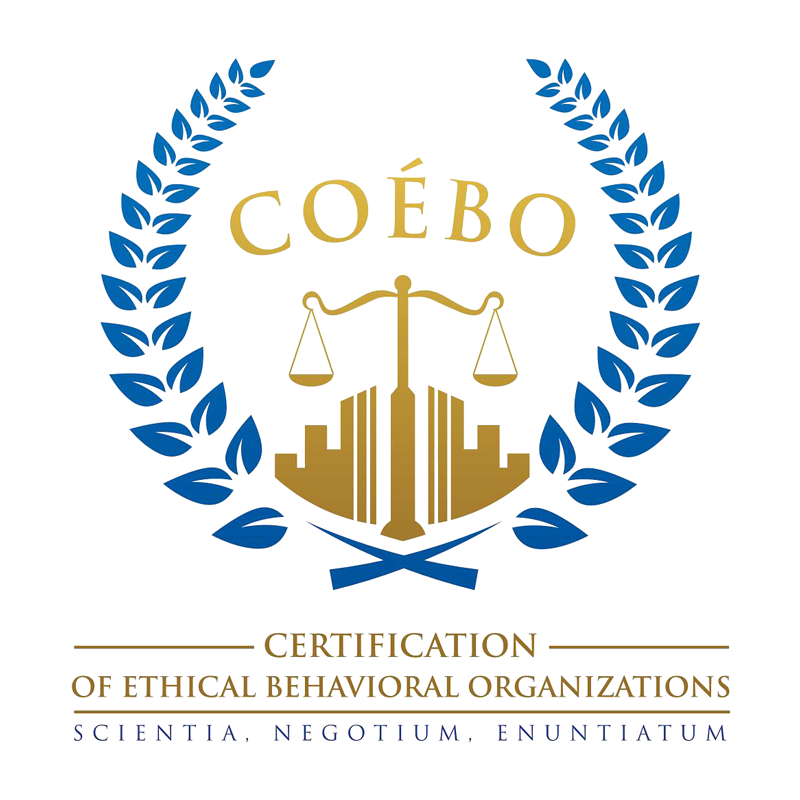What is ABA?
Applied Behavior Analysis (ABA) is the study of learning and behavior patterns. It is the actual practice or “application” of the research on the experimental analysis of behavior, in a clinical or natural environment treatment setting. Research methods and best practices are applied in the clinical setting to teach both skill acquisition and behavior reduction. Various methods based on the basic principles of learned behavior, such as operant and respondent conditioning, are used to teach and shape new skills and behaviors.
Applied Behavior Analysis has been cited as the most common treatment for Autism Spectrum Disorders, with over 30 years of research supporting its effectiveness. ABA relies on the collection and analysis of data on a frequent basis to program individualized goals and treatment procedures for each patient. It is the only scientifically proven, research -based method that effectively treats Autism Spectrum Disorders and PDD-NOS.
Treatment procedures include the manipulation of rewards and consequences in a structured way to increase appropriate or replacement behaviors and decrease unwanted “problem” behaviors. By breaking skills down into small steps, children have more opportunities to be successful, earn rewards, and increase the rate of learning.



